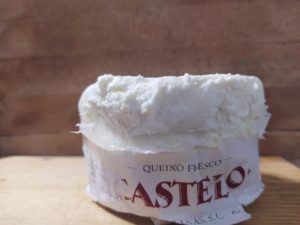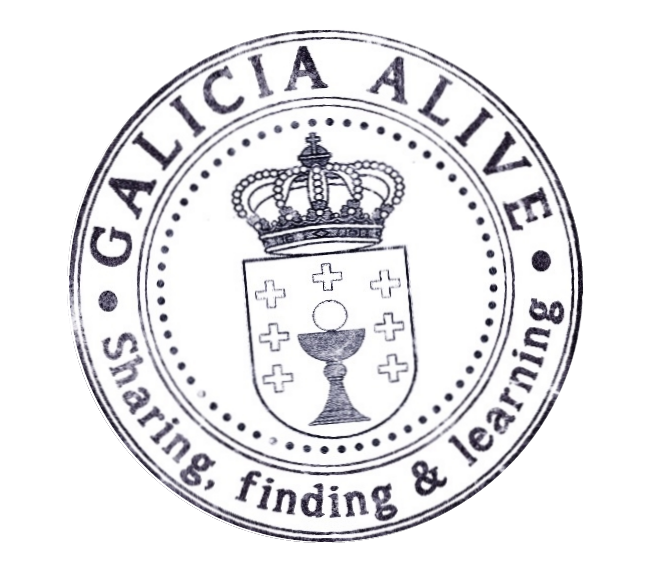Galicia is a land of good quality dairy products. Today we dedicate this publication to cheeses with Protected Designation of Origin ( PDO ) and to the Galician companies that are dedicated to their production and processing. We all know the excellence of these cheeses, but do we know something about their history? We will also talk briefly about it.
As the Gadis supermarket says: “ Let’s value it or not show it off, tie de can “.
QUEIXO TETILLA
SAN SIMÓN DA COSTA
ARZÚA-ULLOA CHEESE
So let’s start with a tasting of these delicacies.
QUEIXO DO CEBREIRO
Of the existing cheeses in Galicia, they would only qualify for the Denomination of Origin Protegida Cebreiro cheeses made with pasteurized milk from cattle of the Galician blonde, brown-alpine, Friesian or of their crosses and that meet certain characteristics of quality and geographical location.
Regarding the latter, the production area includes the municipalities of Baleira, Baralla, Becerreá, Castroverde, Cervantes, Folgoso do Courel, A Fonsagrada, Láncara, Navia de Suarna, As Nogais, Pedrafita do Cebreiro, Samos and Triacastela. Both the milk and the cheese must be from these areas of Lugo.
Currently, there are only four producers covered by the Cebreiro Protected Designation of Origin.
Features
The aesthetic and flavor characteristics that a must meet to be covered by the D.O.P. Cebreiro refer to its shape, size, color and flavor. All cheeses with D.O.P. Cebreiro must have a mushroom shape or chef’s hat with a cylindrical base of variable diameter and a slightly wider hat with a height of no more than 12 cm. The interior paste is grainy, soft, unctuous and melting on the palate, white in color and slightly acid dairy flavor. Its fat content will be greater than 45% and less than 60%.
That of the pieces will be between 0.3 and 2 kg. Its rind is thin or non-existent, firm, without mold and variable in color from white (fresh cheese) to yellow, depending on the degree of maturity. The cured O Cebreiro cheese will have a minimum maturity of 45 days. The pieces have a weight between 0.5 and 2 kg, although the four companies that sell them work in three sizes: 300 g, 1/2 kg and 1 kg.
History
It seems at least curious that a product with so much history as Queixo do Cebreiro has been on the verge of disappearing. In 1989, only a few women who did it at home knew the method of preparation and, from that moment, their recovery began thanks to the collaboration of restaurateurs, pastry chefs, associations and individuals. Let’s get to know a little more about this cheese of kings.
To call this cheese a “ delicacy of kings ” would not be an exaggeration at all. Among the monarchs who succumbed to this Galician delicacy are King Carlos III, the Catholic Monarchs and Isabel de Portugal… In addition, secondly it appears in some documents, this cheese was the fourth most expensive in the world in the seventeenth century.
To understand what was the prestige that this cheese enjoyed, we only have to know the following information: In 1762 it was the most expensive cheese in Spain, paying a pound at twelve reales and twelve maravedís. This price made it the fourth most expensive in Europe, after ‘Brie‘ and ‘Marolles‘ and the Swiss ‘Neufchatel‘.
In the general history of the Kingdom of Galicia in 1750, Queixo do Cebreiro is defined as ‘ of the best tastes and the most delicate in the world‘.
O Cebreiro is one of the best known stops on the Camino de Santiago. For this reason, for centuries, the pilgrims were in charge of spreading the excellence of the cheese of this area.
After the beginning of the recovery of this part of our history, the Designation of Galician Quality Product was granted in the year 1991 and an attempt was made to make it known again. This work of yesteryear, which has survived to this day, is exquisitely presented without preservatives or additives.
HELP US KEEP WRITING
To increase the quality of our posts we need more time. You can help us by buying at Amazon. We leave the following books that may be useful and interesting:

